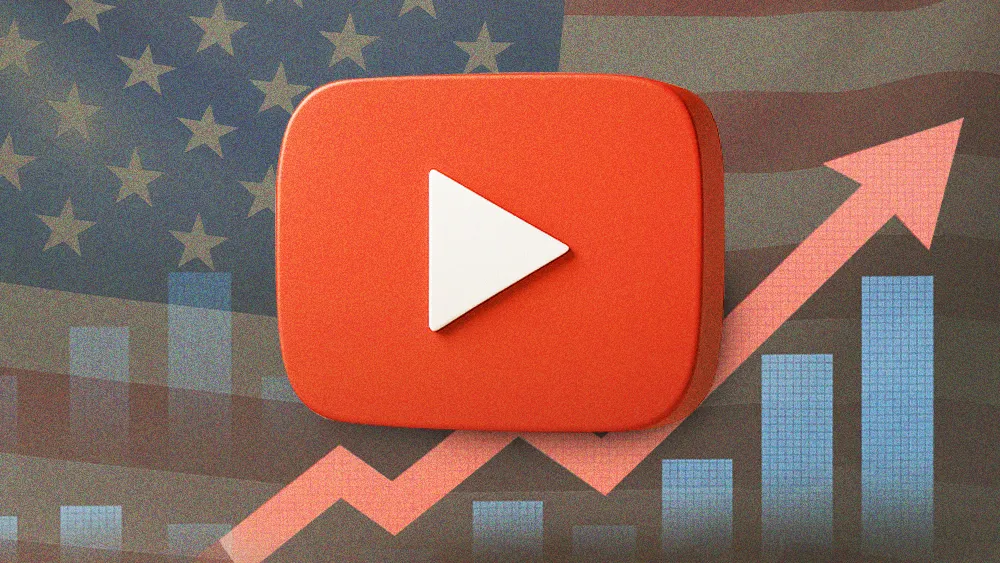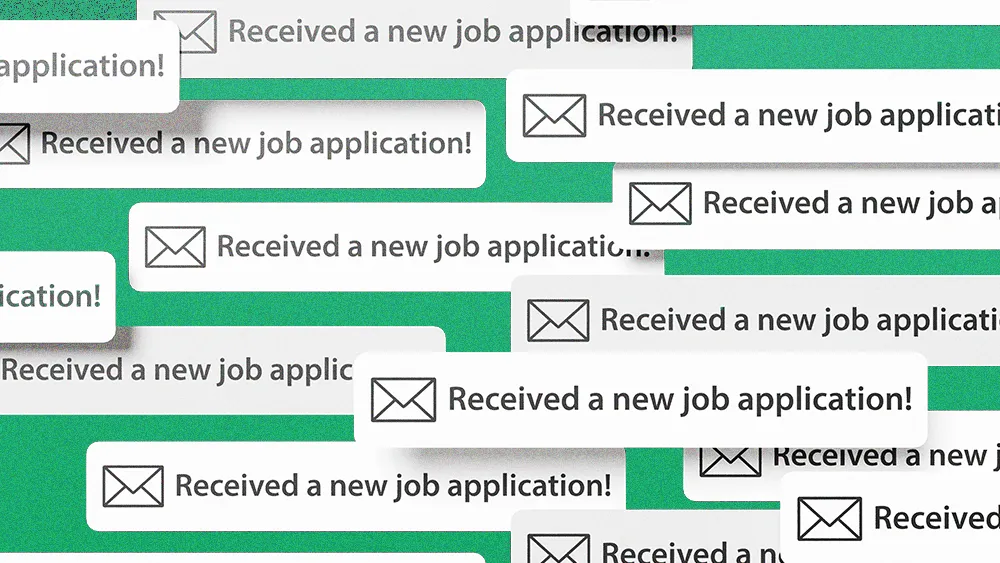YouTube says its creator engine powers $55B in US economy, nearly half a million jobs

Key Points
YouTube’s creative ecosystem contributed $55 billion to the U.S. economy and supported nearly 500,000 full-time jobs in 2024.
The platform’s economic impact increased by $20 billion and added 100,000 jobs compared to 2022 figures.
YouTube’s Partner Program has paid over $70 billion to creators, artists, and media companies between 2021 and 2023.
As the job market stands on shaky ground, particularly for younger job seekers, recent data proves the creator economy is a viable avenue for economic sustainability. YouTube’s creative ecosystem contributed $55 billion to the U.S. economy and supported nearly half a million full-time positions in 2024, according to the company’s latest U.S. Impact Report conducted with Oxford Economics.
Economic engine: The new figures mark a $20 billion increase in economic value and an additional 100,000 employment opportunities over two years, compared to previously reported 2022 figures from YouTube and Oxford Economics, which cited a $35 billion GDP impact. “These numbers set a new benchmark,” stated YouTube CEO Neal Mohan, adding that creators use YouTube earnings to “generate income, build businesses, hire employees – and of course make fantastic content.”
Ecosystem explained: YouTube’s concept of its “creative ecosystem” isn’t confined to individual creators; it includes a broader network of professionals like video editors and publicists who collaborate with them, as well as employees at businesses catering to the creator industry. The platform highlighted its YouTube Partner Program, launched in 2007, noting payments exceeding $70 billion to creators, artists, and media companies between 2021 and 2023.
Creator recognition grows: This economic data lands as the creator field gains more formal acknowledgment, exemplified by the recent launch of a bipartisan Congressional Creators Caucus backed by platforms like YouTube and Patreon, aiming to support the sector.
The bottom line: YouTube’s latest report underscores the platform’s expanding impact as an economic contributor and job creator, further solidifying the creator economy’s position within the broader U.S. economic landscape.
Reading Recap:
Also on our radar: The influence of creators extends further, with reports indicating user-generated content could soon outpace traditional media in ad revenue. For a deeper dive into platform dynamics, YouTube’s own trend reports reveal evolving cultural impacts, while some analyses offer a nuanced view, noting that individual creator earnings can vary significantly.
Related articles
TL;DR
YouTube’s creative ecosystem contributed $55 billion to the U.S. economy and supported nearly 500,000 full-time jobs in 2024.
The platform’s economic impact increased by $20 billion and added 100,000 jobs compared to 2022 figures.
YouTube’s Partner Program has paid over $70 billion to creators, artists, and media companies between 2021 and 2023.
As the job market stands on shaky ground, particularly for younger job seekers, recent data proves the creator economy is a viable avenue for economic sustainability. YouTube’s creative ecosystem contributed $55 billion to the U.S. economy and supported nearly half a million full-time positions in 2024, according to the company’s latest U.S. Impact Report conducted with Oxford Economics.
Economic engine: The new figures mark a $20 billion increase in economic value and an additional 100,000 employment opportunities over two years, compared to previously reported 2022 figures from YouTube and Oxford Economics, which cited a $35 billion GDP impact. “These numbers set a new benchmark,” stated YouTube CEO Neal Mohan, adding that creators use YouTube earnings to “generate income, build businesses, hire employees – and of course make fantastic content.”
Ecosystem explained: YouTube’s concept of its “creative ecosystem” isn’t confined to individual creators; it includes a broader network of professionals like video editors and publicists who collaborate with them, as well as employees at businesses catering to the creator industry. The platform highlighted its YouTube Partner Program, launched in 2007, noting payments exceeding $70 billion to creators, artists, and media companies between 2021 and 2023.
Creator recognition grows: This economic data lands as the creator field gains more formal acknowledgment, exemplified by the recent launch of a bipartisan Congressional Creators Caucus backed by platforms like YouTube and Patreon, aiming to support the sector.
The bottom line: YouTube’s latest report underscores the platform’s expanding impact as an economic contributor and job creator, further solidifying the creator economy’s position within the broader U.S. economic landscape.
Reading Recap:
Also on our radar: The influence of creators extends further, with reports indicating user-generated content could soon outpace traditional media in ad revenue. For a deeper dive into platform dynamics, YouTube’s own trend reports reveal evolving cultural impacts, while some analyses offer a nuanced view, noting that individual creator earnings can vary significantly.




